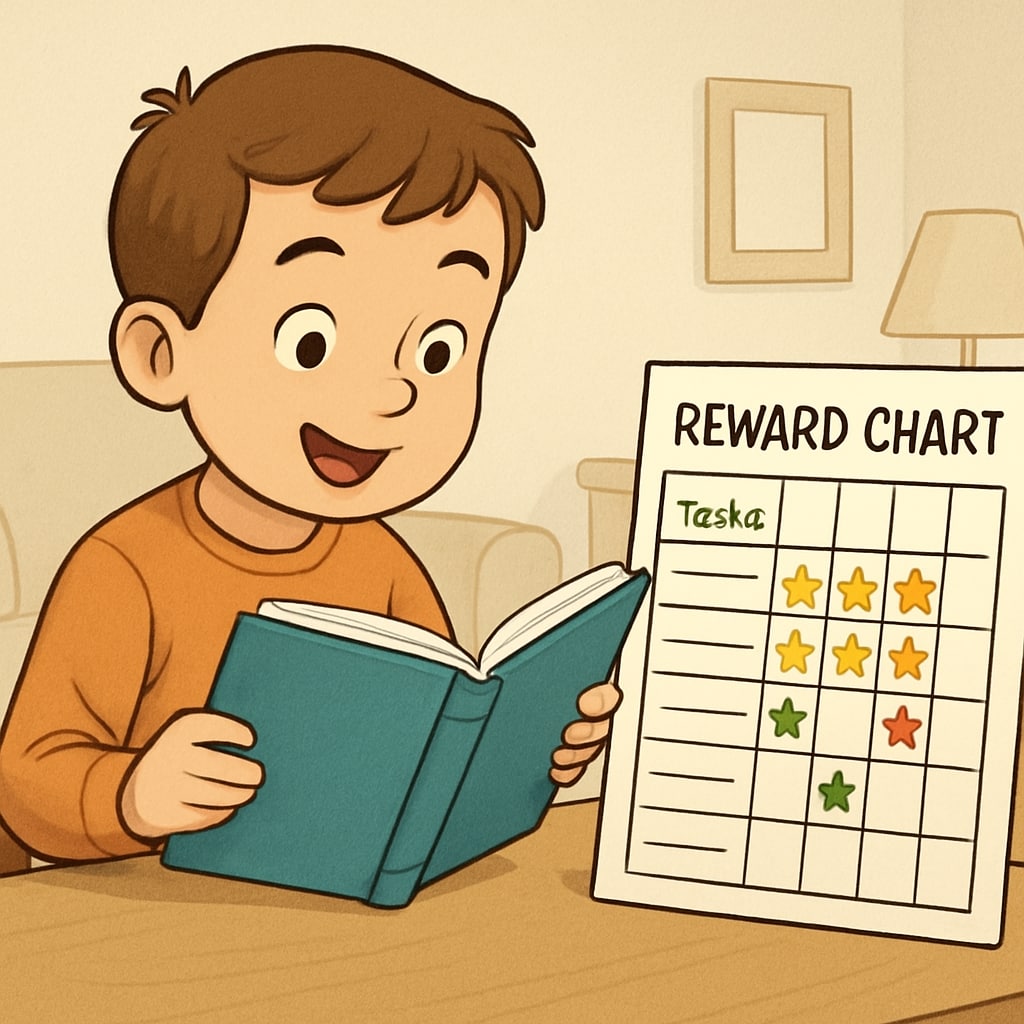Many parents and educators rely on Accelerated Reader (AR) point systems to track and incentivize reading progress in children. While effective, these systems often come with licensing fees or limited accessibility. This article explores free alternatives to AR points that can be implemented at home, focusing on reading comprehension tests, innovative incentives, and practical strategies to nurture a love for reading.
Why Consider Replacing AR Points?
AR point systems are designed to motivate students by assigning points based on book difficulty and quiz performance. However, such tools may not always match every family’s budget or accessibility needs. Additionally, these systems sometimes overlook the importance of personalized approaches to reading encouragement. Creating a home-based reading reward system allows parents to tailor incentives to their child’s interests while fostering intrinsic motivation.

Designing Your Own Reading Comprehension Tests
One of the core components of AR systems is the quizzes that evaluate a student’s understanding of books they have read. You can replicate this concept by creating your own reading comprehension tests. Here’s how:
- Choose age-appropriate books: Select books that align with your child’s reading level and interests.
- Create simple quizzes: Focus on key themes, characters, and plot points. For example, ask questions like, “What was the main conflict in the story?” or “Who was the protagonist’s best friend?”
- Use online resources: Websites like Britannica’s Children’s Literature provide rich summaries and insights that can help shape your quizzes.
By customizing tests, you can engage your child more effectively while evaluating their understanding in a meaningful way.

Creative Incentives to Replace AR Points
Instead of using point systems, consider designing rewards that are both creative and motivating. Here are some ideas:
- Reading challenge charts: Create a colorful chart where your child earns stickers or stars for every book completed.
- Experience-based rewards: Offer activities like a movie night or a visit to their favorite park as incentives for reaching reading milestones.
- Personalized booklists: Allow your child to select books they want to read from a curated list as a reward for completing previous ones.
These methods not only encourage reading but also build a sense of accomplishment and joy around the activity.
How to Foster Lifelong Reading Habits
While rewards can spark initial interest, the ultimate goal is to instill a lifelong passion for reading. To achieve this, focus on strategies that go beyond short-term incentives:
- Model reading behavior: Children are more likely to develop a love for reading when they see their parents or caregivers regularly engaged with books.
- Discuss books together: Have open conversations about the stories your child reads. Ask them to share their opinions or compare themes across different books.
- Encourage diverse genres: Introduce your child to various genres, such as fantasy, biographies, or science fiction, to broaden their horizons.
As a result, your child will not only improve their reading comprehension but also learn to appreciate the value of literature in everyday life.
Conclusion
Replacing AR point systems with free, home-based alternatives is both achievable and rewarding. By designing your own reading comprehension tests and implementing creative incentives, you can help your child develop strong reading skills and a genuine love for books. With personalized strategies, parents and educators can create an engaging reading environment that supports long-term growth and enjoyment.
Readability guidance: Use short paragraphs and bullet points to present ideas clearly. Incorporate transitions like “for example” or “as a result” to enhance flow. Ensure active voice dominates for better engagement.


